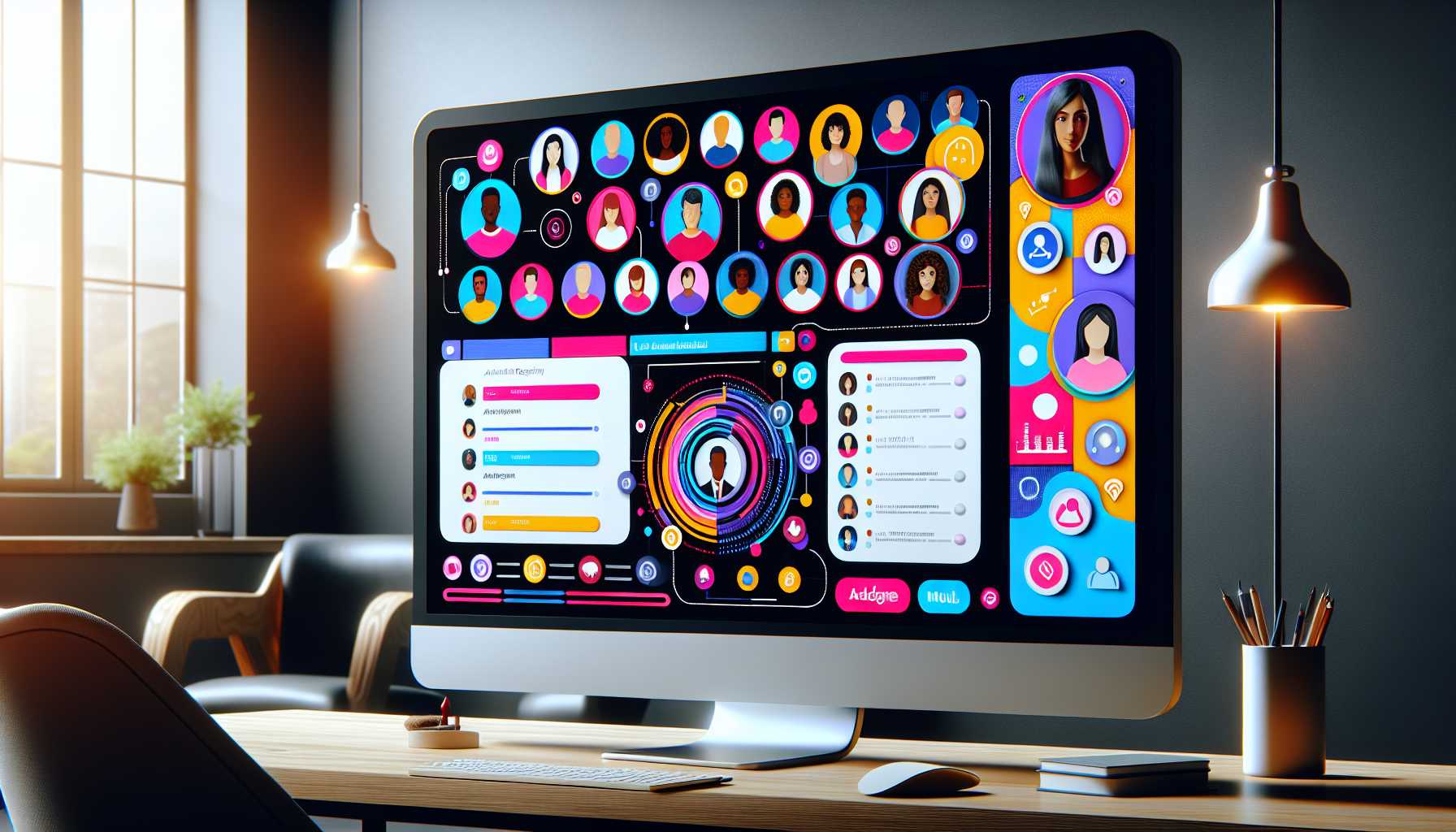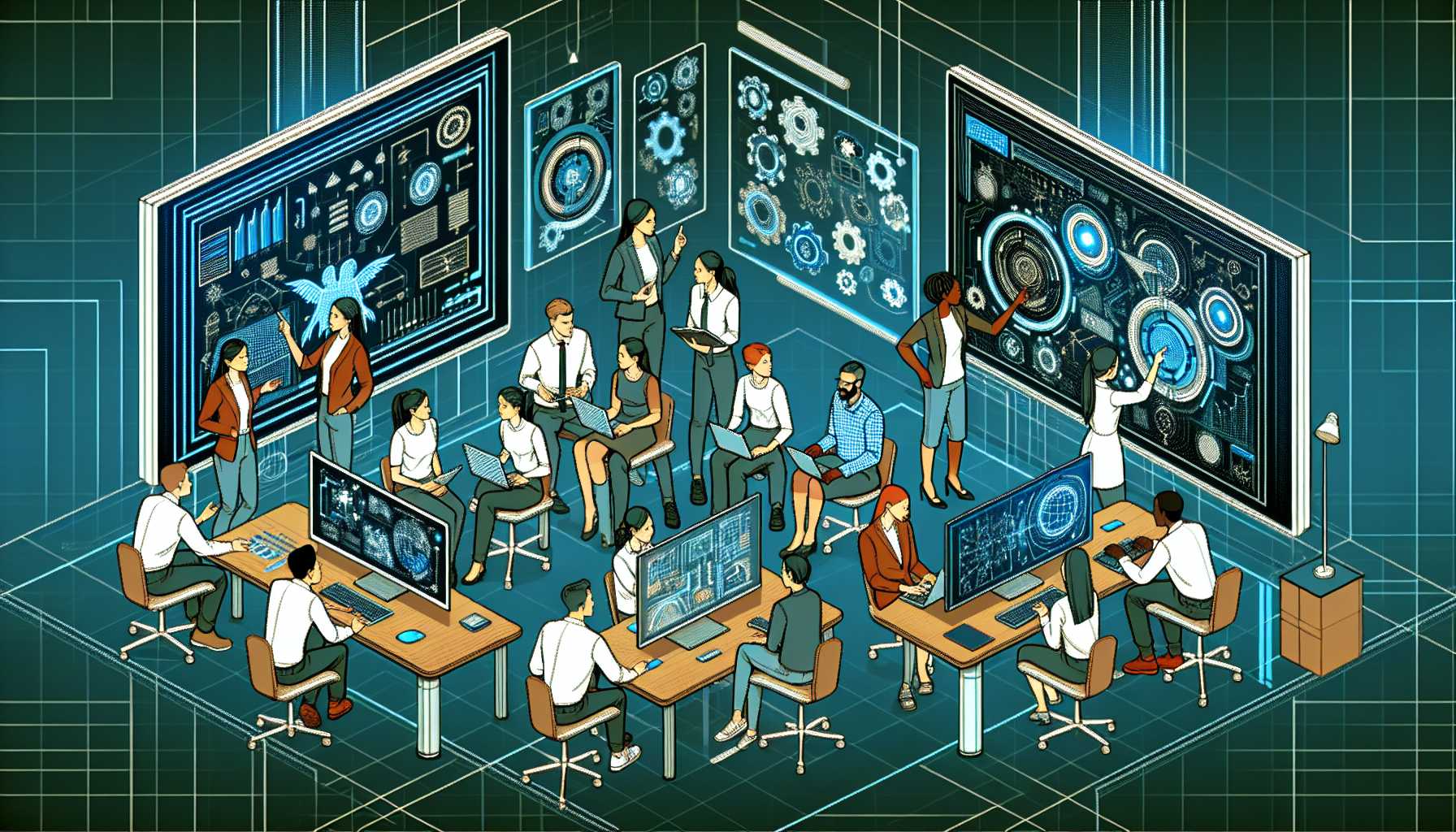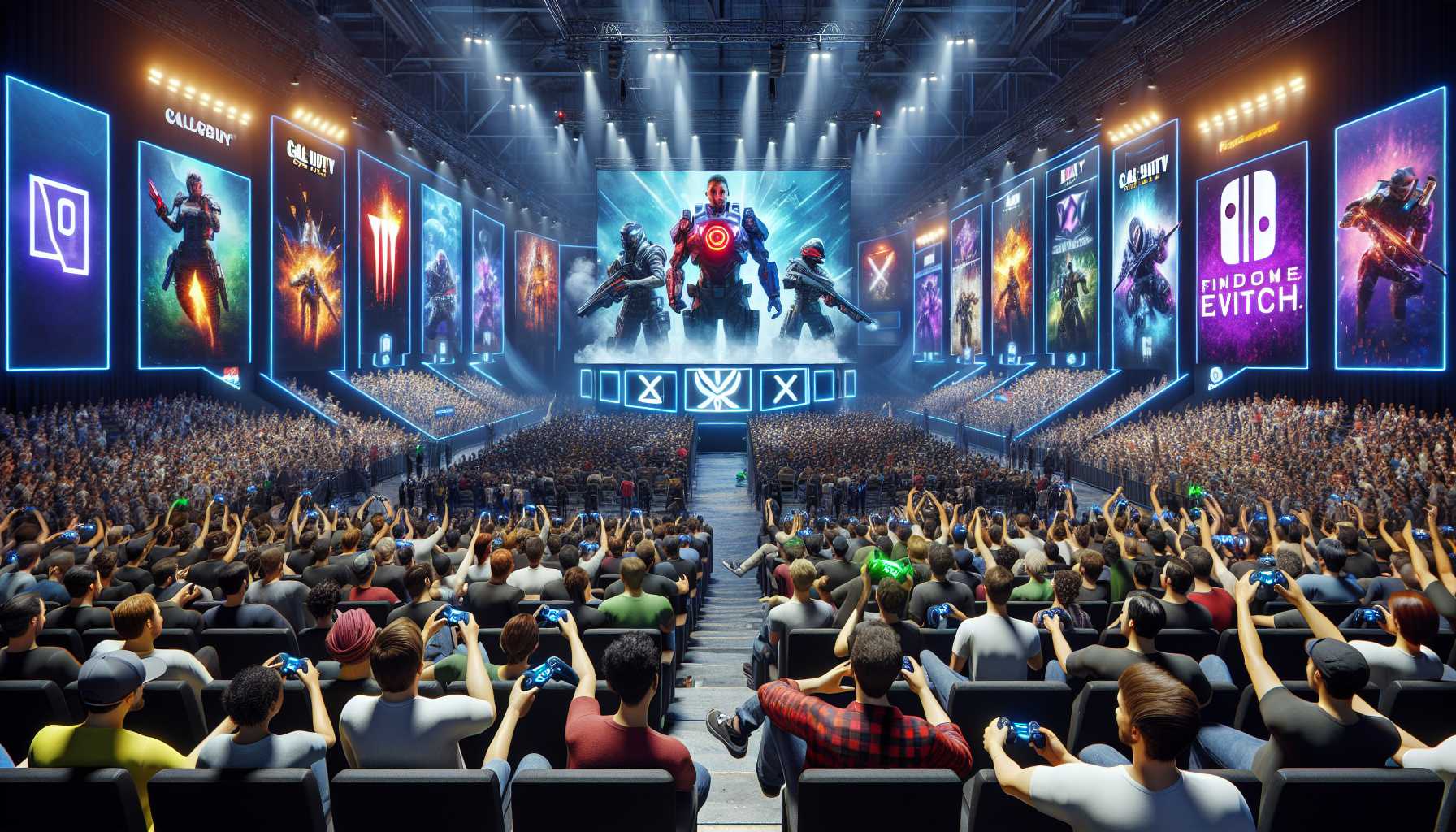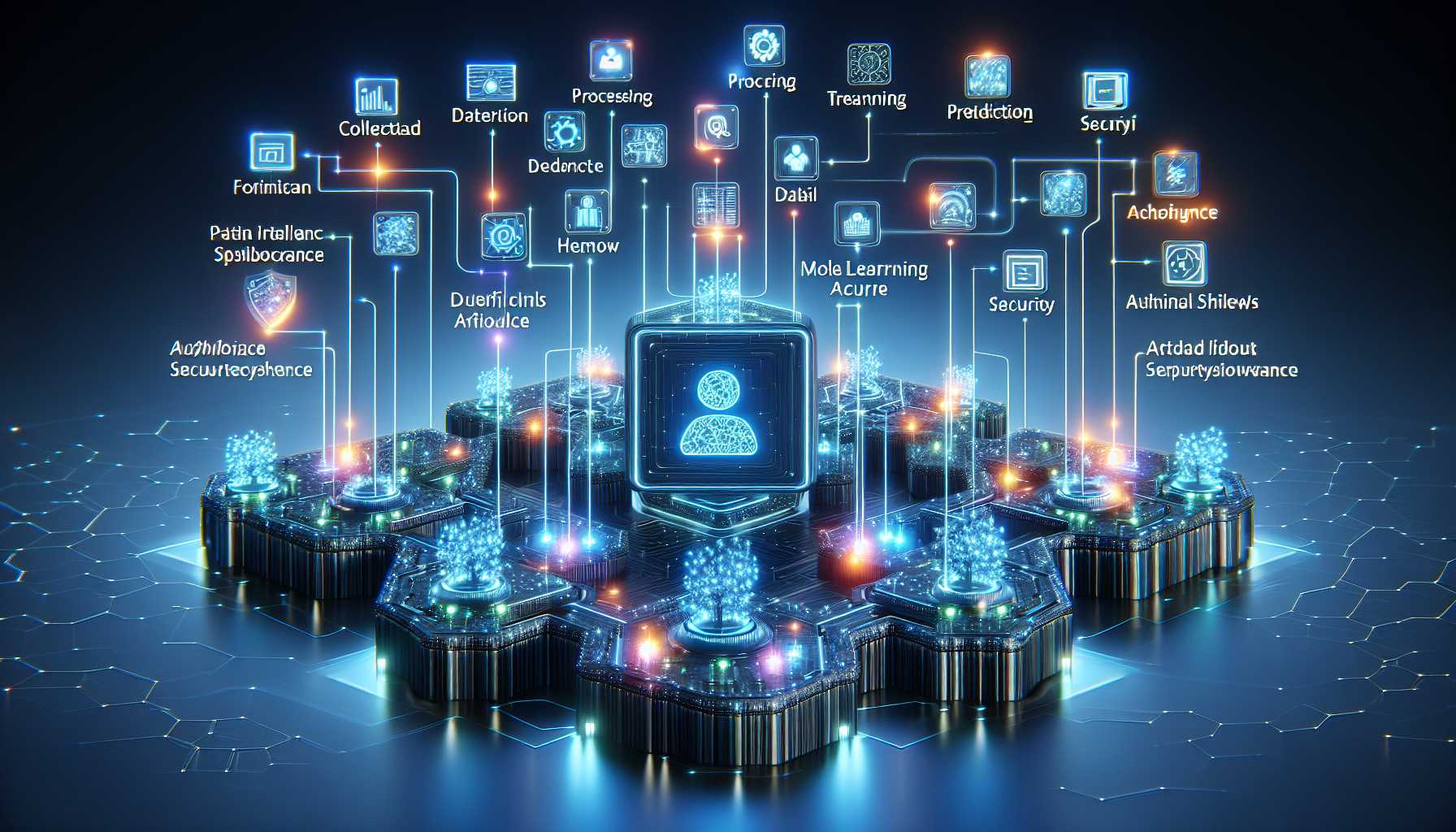The Future of Audience Engagement: StreamAlive’s Interactive Leap
In a world where the dynamic shift towards remote work and virtual events has become more pronounced than ever, technology platforms are steadfastly reimagining the way we interact. Among the shining stars, StreamAlive has taken a significant stride with an impressive $1.58 million in pre-seed funding, pushing the boundaries of audience engagement to new heights. As a tech enthusiast, I can’t help but be intrigued by the innovation that allows for seamless integration with heavy-hitters like Zoom, YouTube Live, and Twitch, among others. This application eclipses traditional participation with a suite of interactive games and features, transforming passive spectators into active, engaged participants. Features like Winning Wheel, Magic Maps, and Wonder Words aren’t just clever names; they represent a tangible fostering of community and inclusiveness in an often-disconnected digital space. The engagement metrics provided to presenters post-session aren’t just data—they’re insights into crafting more compelling, inclusive interactions. With more AI-based tools on the horizon, including ChatGPT integrations for interaction brainstorming, StreamAlive’s commitment to evolving audience engagement in virtual and in-person contexts is palpable—a commitment I confidently see as an asset in the tech space.
Developer’s Nirvana: The Advanced API Artistry of Neurelo
Amazingly, amidst the mountainous challenge of streamlining developer work, Neurelo emerges, adeptly gripping a $5 million seed investment for its innovative solution. Imagine an advanced programming interface that simplifies the historically tedious dance between databases and applications, and now, let it be automated. This is where Neurelo strikes gold. Chirag Shah and Guru Kamat, Neurelo’s co-founders, have embarked on the crucial third bastion of database evolution: a customized API service that learns and adapts to its environment. This is not just a solution that saves time; it signals a new era where the harnessing of generative AI crests at efficiency’s peak, crafting bespoke database queries with an understanding of context and nuance. Neurelo’s proposition is decidedly a game-changer, unraveling the complexities of data management with a finesse that developers have yearned for, and with the promise of generative AI at its core, the future of coding interface experiences is thrillingly promising.
Eqatuv x Seekr: The Alliance Crafting a Safe Ad Tech Ecosystem
Advertising, an ever-ubiquitous part of our web experience, is undergoing a transformation. Equativ’s exclusive partnership with Seekr heralds a new chapter in ad tech—a chapter of transparency, suitability, and unprecedented clarity. In an industry often mired by opaque brand safety measures and “Made for Advertising” sites undermining content integrity, this alliance is nothing short of a breath of fresh air. Equativ, with Seekr’s AI finesse, is offering an optic into the otherwise blurred vision of content evaluation, ensuring that advertisements don’t just reach more eyes, but the right eyes. Moreover, the integration with Equativ’s SSP further solidifies the intention to responsibly marry reach with relevance, without compromising the integrity of brands or the revenue of publishers. As a tech predictor, I foresee that this collaboration is just the harbinger of the seismic shift towards more responsible, AI-powered ad space utilization. Such partnerships speak volumes, not only of the technological pioneering inherent within these companies but also of a shared ethos to reshape an industry rife with challenges.
Chatbot Soirees: The Expansion of ChatGPT’s Social Circle
It appears that the chatbot party is reaching full swing, and ChatGPT is playing host to a widening array of GPT companions. With a simple @ mention, you can pull these AI pals into the conversation—a veritable leap in the realm of interactive AI dialogs. While this feature is currently reserved for paying subscribers, the unfolding narrative here is one of community and expansion. ChatGPT’s embracement of custom and third-party GPTs suggests a future where AI discourse is not a monologue but a rich mosaic of voices, each powered by extensive scopious AI models. This step, albeit small, paves the way for a cocktail of bot interactions that could lead to uncharted territories of digital conversation.
PlayStation’s State of Play: A Glimpse into Gaming’s Future
Escaping the shadow of its competitor’s showcase, PlayStation’s State of Play is setting the stage to unveil a trove of upcoming gaming marvels. Among them, titles such as Rise of Ronin and Death Stranding 2 promise to capture imaginations and push the envelope of gaming narratives further into the realm of art. The notable excitement of a 40-minute livestream is not just about the sneak peeks into anticipated games—it’s a testament to the unwavering evolution in digital storytelling. For gaming aficionados like myself, each State of Play is a pulse check on the vitality of interactive entertainment and a reminder of how video games continue to redefine themselves in unforeseen and exciting ways.
AI and ML Workflow: Protection at the Forefront
Transitioning from the world of engagement and APIs to the domain where the backbone of these tech marvels is forged, we must regard the security of AI and machine learning workflows with the utmost seriousness. To see Seattle’s Protect AI acquire Laiyer AI is to witness a consolidation of strongly fortified tech against the backdrop of cybersecurity threats targeting AI’s vulnerabilities. This acquisition’s implications run deep, not just solidifying Protect AI’s position in AI security management but also in propelling a shift towards MLSecOps—a framework designed to secure AI from development to deployment. Their endeavor is no small task: mitigating risk and exposing invisible threats in AI/ML models demand a vision that extends beyond the horizon of current security practices. As tech continues its relentless march towards an AI-driven ecosystem, platforms like Protect AI’s Radar become essential to both developers and enterprises. Being prepared for every potential risk is not just prudent; it is critical for maintaining trust and integrity in innovations that hinge upon artificial intelligence.
Unity’s Spacial Support: A Canvas for Creator’s Vision
Finally, Unity’s proclamation of support for spatial computing, coupled with the debut of the Apple Vision Pro, marks a milestone in the relationship between platforms and creators. The battleground between Apple and Unreal has given space for Unity to shine, and the results are set to be transformative. Developers now have a new canvas to paint their visions upon, with tools and resources that stretch the bounds of the gaming experience into unrivaled immersive territories. As a tech visionary, I perceive Unity’s leap into spatial computing as a euphonious synergy with the metaverse narrative where the melding of the physical and digital worlds begs us to redefine reality itself. This support paves the way not only for novel gaming landscapes but also for industries eager to explore spatial applications—be it healthcare, education, or beyond. Unity’s move is a clarion call to creators globally—urging them to craft tomorrow’s experiences today.
As Seasons change and tech evolves, the stories we discuss here today serve as a testament to human ingenuity and a prologue to the chapters of innovation yet to be penned. With each advancement, we’ll continue to witness the epiphany of technology’s potential, shaping a reality steeped in connection, security, interactivity, and immersive precision.







